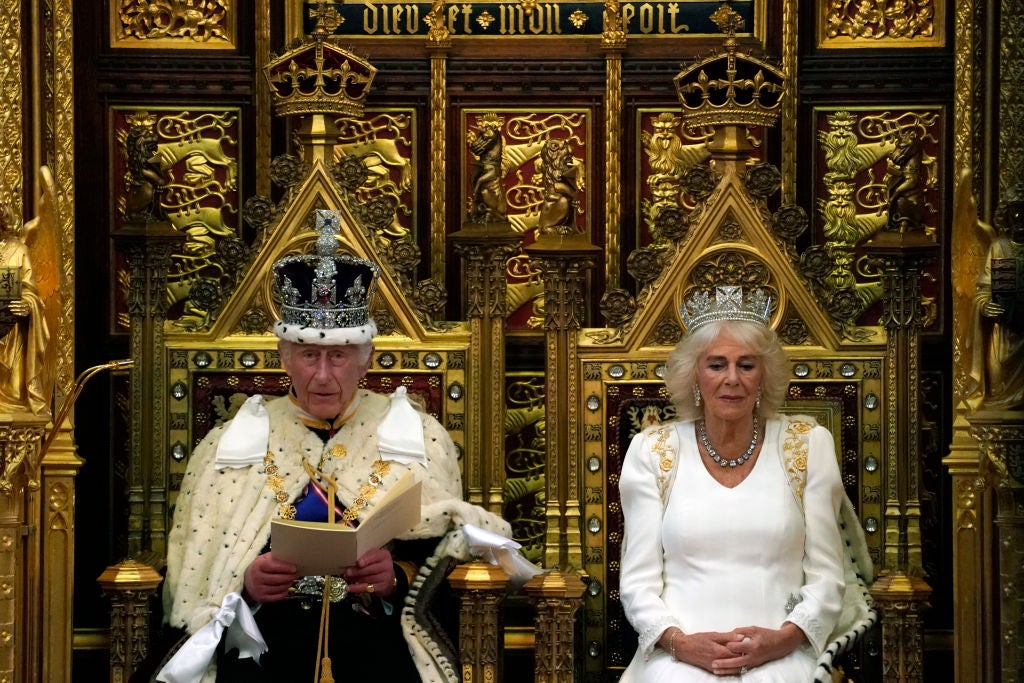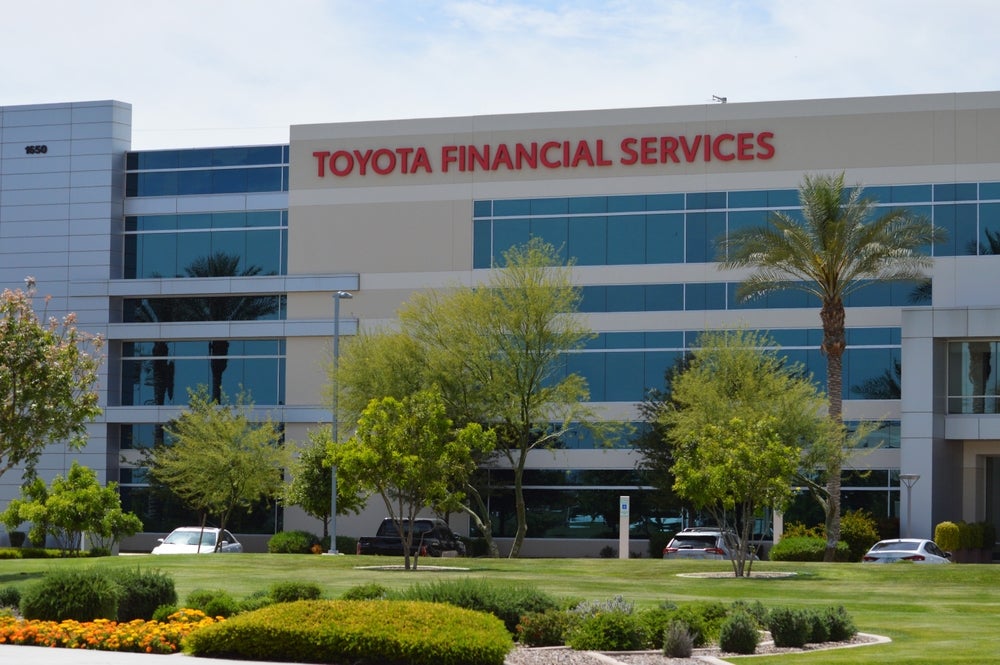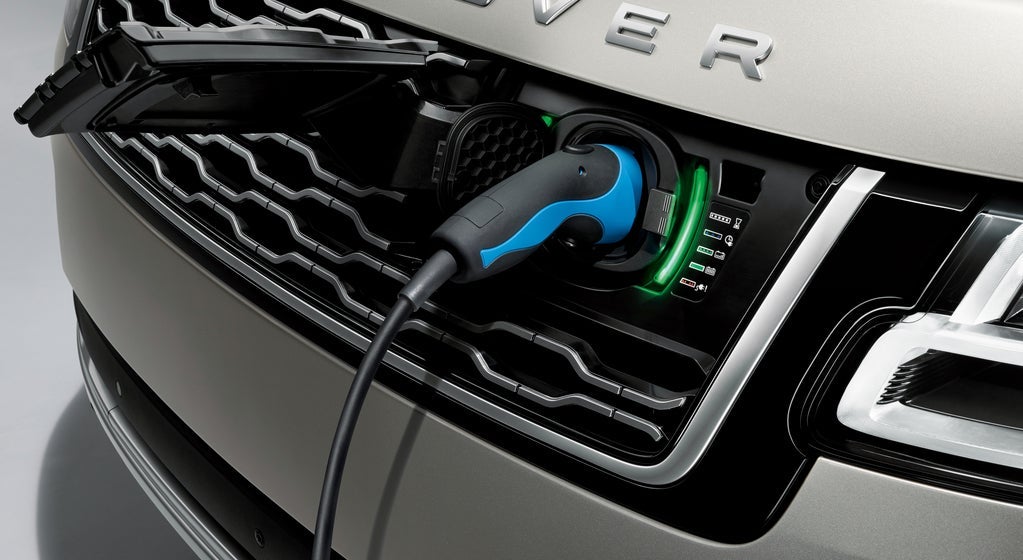
Consolidation and Collaboration in the Auto Sector
Amid the upheavals brought on by Covid and the worldwide semiconductor shortage, the automotive market has been undergoing a period of structural change, with some sectors undergoing consolidation while others are seeing new entrants to the market. Chris Farnell reports
In the dealer market consolidation is not exactly a new phenomenon, but the extension of a process that has been ongoing for decades, even as the market has grown.
“If you go back to 1976, there were twice as many franchise dealer outlets as there are today, so the reduction in numbers and consolidation has been continual,” says Peter Cottle, head of the automotive sector for Growcap Ltd. “But the interesting thing is there’s half the number of dealers, but that remaining 50 % are selling twice as many cars.”
Dealerships
One of the more noteworthy deals in recent times was the purchase of Marshall Motor Group by Constellation Automotive Group, which also owns Cinch and webuyanycar.com.
“The only part of the journey they are missing now is the financial services element, so expect to see them buy out a finance company or go into partnership,” points out Graham Wheeler, chief executive of Advantage Finance.
While dealers themselves are consolidating, manufacturers are also keen to take more control of the front-end of their sales pipeline. Seven years ago, there were 4,500 “rooftops” (dealers with more than one franchise sold under the same roof). There are now circa 4,100 rooftops and pundits are saying that will continue to decline.
How well do you really know your competitors?
Access the most comprehensive Company Profiles on the market, powered by GlobalData. Save hours of research. Gain competitive edge.

Thank you!
Your download email will arrive shortly
Not ready to buy yet? Download a free sample
We are confident about the unique quality of our Company Profiles. However, we want you to make the most beneficial decision for your business, so we offer a free sample that you can download by submitting the below form
By GlobalDataA number of OEMs want to reduce their number of franchise partners, while dealership groups want to maximise efficiencies by combining brands where appropriate within the same premises.
“I was with Rover Finance from 1992 to 1997, and Rover and Land Rover had 700 dealers in 1992, albeit reducing to circa 450 in 1996,” says Cottle. “Bearing in mind most of the franchises now have between 100 and 200 dealers, it just shows how the marketplace has changed and small outlets for many OEMs just don’t work, indeed not only for the OEM but also for the dealer to make an adequate return.”
At the same time, a lot of smaller dealers are being bought up. Again, this is less a sudden development than a product of the relative youth of the automotive industry.
“The motor industry is still quite new in comparative terms. There are founders of dealerships in the 1920s and 30s whose great-grandchildren are now running the family businesses,” Cottle points out. “In the current environment many smaller dealers are saying they can’t make an adequate return, so they are selling their property, and crystalising the business. There is an understandable desire for smaller dealers to get out of the industry. They recognise the future for them will be harder, whereas the larger groups can benefit from economies of scale.”
That said, Cottle describes this as a natural product of the industry, and not the death of the small dealer.
“I know many that are run by extremely strong management who have moved with the times, are so passionate about their company, and providing the very best customer service,” he says. “They can have closer relationships with the community being so well established, and they tend to be a bit closer to their customers.”
Financial frontier
While the dealer side of the automotive market has seen a process of consolidation, the motor finance sector itself looks very different.
The finance side of the industry remains an appealing prospect for new investors. Regulatory changes have had more of an impact on the dealer and broker side of the business than on funders, and funders have a lot more control over what consumers can be offered now that dealers are not able to change the rates.
“Motor finance remains a profitable and attractive proposition, despite all the potential downsides of the overall automotive market. The default levels in the industry have been a lot lower than anticipated since the credit crunch and increasing automation of credit ‘decisioning’ has helped cut fixed costs,” Cottle says. “However, the well-established motor finance businesses need to be very agile to compete in this fintech world and we have seen a number of new players come into the market over recent years and be successful. The established companies have, in some cases, quite clunky technology, so if you can come in with a seamless solution there is room for these disruptors to take a piece of the action.”
Newer players entering the market tend to be in the lower prime to the non-prime arena, while the prime sector continues to be dominated by big names such as Black Horse, Santander, Moto Novo, and BNP Consumer.
“So, whilst we continue to see consolidation in the car retailing sector, there has been a growth in the number of businesses offering motor finance, equally there continues to be a vibrant broker sector,” Cottle says.
The real way forward across the motor finance sector may not be consolidation or an inrush of new companies, but cross-industry collaboration.
“We’ve taken a slightly different approach with our finance funders, where we’re welcoming as many funders as we can to integrate with us either through their existing dealer network or by expanding their dealer base,” says Martin Potter, managing director of Aston Barclay. “In the last five months, we’ve added four key financiers into our automated process. We’re in a tripartite agreement between ourselves, the clearinghouse and the finance house so that their particular dealers, when sourcing stock, can fund it immediately with us.”
Aston Barclay’s network already includes big names such as Santander, Moto Nova, and Vauxhall, but the company is adding additional finance houses.
“What’s quite interesting is a number of players in the market with specialist sectors are looking to collaborate or work together,” Wheeler says. “You could have a super-prime lender, a prime lender and near-prime or sub-prime lender attacking the market together. So, if Advantage Finance had a lot of applicants of a quality we couldn’t afford, we could pass them to a prime lender, while we can underwrite ones, they can’t handle from a risk perspective. That’s more of a trend behind the scenes than consolidation.”
The market is still undergoing changes, and it is too early to say what it will finally look like, but it remains an area of opportunity.
European automakers maintain EV investments amid supply-chain delays







